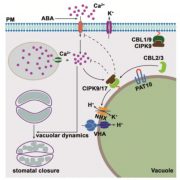
A Tonoplast Calcineurin B-Like Protein and Stomatal Movement
Blog, Plant Physiology, Plant Physiology: On The InsideAbscisic acid (ABA) promotes stomatal closure and inhibits light-induced stomatal opening. An early event in ABA signaling is an influx Ca2+ ions across the plasma membrane and an increase of cytoplasmic calcium ([Ca2+]cyt). ABA-induced stomatal closure involves an outward K+ flux and dynamic vacuolar…

Jasmonic Acid Inhibits Lateral Root Formation
Blog, Plant Physiology, Plant Physiology: On The InsideArchitectural modifications of plant root systems enable plants to survive adverse conditions. Lateral roots, for example, help anchor the plant in the soil, and facilitate the uptake of water and nutrients from the soil. Auxin is a plant hormone essential to root development including the elongation…
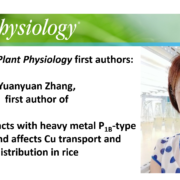
Profiles of Plant Physiology first authors: Yuanyuan Zhang
Blog, Plant Physiology, Plant Physiology: Author ProfilesYuanyuan Zhang, first author of OsATX1 Interacts with Heavy Metal P1B-type ATPases and Affects Cu Transport and Distribution in Rice
Current Position: PhD student in the National Key Laboratory of Crop Genetic Improvement, Huazhong Agricultural University, China.
Education: PhD in Biochemistry…
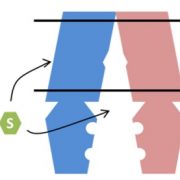
Toca Lab: Plants, a great app to teach kids about plant biology
Blog0 Comments
/
By Daniel Czerny
Toca Lab: Plants is an app designed to introduce primary school-aged kids to plant biology. In the app, kids can apply fertilizer, water, and light to different species of plants.
The correct treatment unlocks new plant characters for the game, and the game teaches the binomial…
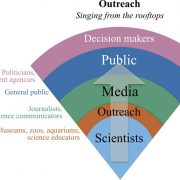
Scientists on Twitter: Preaching to the choir or singing from the rooftops?
Plant Science Research WeeklyScience communication is as old as science itself, reaching even best-selling levels with some extraordinary examples such as “On the Origin of Species” by Charles Darwin or “A Brief History of Time: From the Big Bang to Black Holes” by Stephen Hawking. Currently, and thanks to social media,…

Aquatic fern genomes provide insight into land plant evolution and symbiosis (Nature Plants)
Plant Science Research WeeklyLand plants evolved from freshwater charophytic algae over ~450 million years ago and have since diverged into the plethora of embryophyte genera that we see today. Genomics efforts have classically focused on key angiosperm species representing experimental model systems and/or agriculturally important…
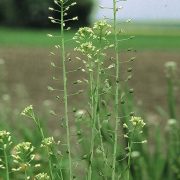
Expression of FLOWERING LOCUS C differentiates summer and winter biotypes of Camelina sativa (Plant Direct)
Plant Science Research WeeklyCamelina sativa is a member of the Brassicaceae family that is grown as an oilseed crop. It has summer and winter flowering biotypes, the latter of which requires vernalization to induce flowering. These two biotypes allow for double-cropping, and the winter-flowering biotype can also be used as a…
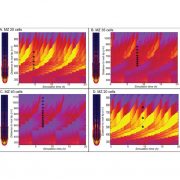
Lateral root priming synergistically arises from root growth and auxin transport dynamics (bioRxiv)
Plant Science Research WeeklyRoot system architecture is primarily determined by branching of the lateral roots. The position of a new lateral root is determined by oscillating auxin concentrations in the main root meristem. To understand the nature of auxin oscillations Van den Berg and ten Tusscher developed a multiscale root…

How to identify the substrates of ATP-binding cassette (ABC) transporters (Plant Physiol)
Plant Science Research WeeklyPlant genomes encode many ATP-binding cassette (ABC) transporters, which mediate the transport of many different substrates involved in development, nutrition and stress responses. Mutants and transgenic plants have been used to understand the in planta roles, yet the identity of substrates transported…

